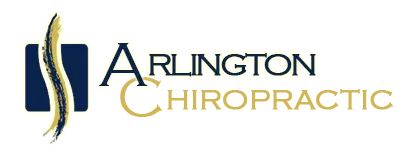Anterior Cruciate Ligament (ACL) tears are among the most common knee injuries, particularly prevalent among athletes involved in high-demand sports such as soccer, basketball, and skiing. Understanding the mechanisms behind ACL tears is crucial for prevention, diagnosis, and effective treatment. In this blog post, we delve into the intricate biomechanics involved in ACL injuries.
Anatomy and Function of the ACL: The ACL is one of the four major ligaments in the knee joint and is responsible for providing stability and limiting excessive forward movement of the tibia (shinbone) in relation to the femur (thighbone). Comprised of collagen fibers, the ACL connects the femur's posterior intercondylar area to the anterior aspect of the tibia, crossing obliquely within the knee joint.
Biomechanical Factors Contributing to ACL Tears: Several biomechanical factors play a role in ACL injuries. These factors can be broadly categorized into extrinsic and intrinsic mechanisms.
A. Extrinsic Factors:
i. Dynamic Valgus: Valgus collapse, characterized by excessive knee abduction and inward rotation, places increased stress on the ACL. This movement pattern is commonly observed during landing, cutting, and pivoting maneuvers, leading to ACL tears.
ii. Deceleration and Direction Change: Abrupt deceleration combined with sudden changes in direction can overload the ACL. These movements often occur during sports activities, where athletes frequently stop or change directions swiftly.
iii. External Contact: Direct contact to the knee from an external force, such as a collision or tackle, can lead to ACL tears. This mechanism is particularly common in sports like soccer and football.
B. Intrinsic Factors:
i. Neuromuscular Imbalances: Muscle imbalances between the quadriceps and hamstring muscles can affect knee stability. Weakness or delayed activation of the hamstring muscles, relative to the quadriceps, can increase the strain on the ACL during dynamic movements.
ii. Hormonal Influences: Female athletes have been found to be more susceptible to ACL tears compared to males, suggesting a hormonal influence. Estrogen receptors in the ACL may weaken the ligament, making it more prone to injury.
iii. Anatomical Variations: Certain anatomical factors, such as a narrow intercondylar notch or an increased Q angle (the angle between the quadriceps and patellar tendon), can predispose individuals to ACL tears.
Biomechanics during ACL Injuries: When the ACL experiences excessive stress, it can rupture. The primary mechanism of ACL injury is a combination of anterior tibial translation, internal tibial rotation, and valgus stress. These forces result in substantial strain on the ACL, exceeding its capacity to withstand load, ultimately leading to tears.
Prevention Strategies: Understanding the mechanisms behind ACL tears can inform the development of effective preventive measures. Research supports the following strategies:
- Neuromuscular training programs focusing on enhancing neuromuscular control and proprioception can help reduce the risk of ACL injuries.
- Incorporating strength and conditioning exercises targeting the quadriceps, hamstrings, and core muscles can improve knee stability.
- Implementing proper landing and cutting techniques, emphasizing controlled deceleration and correct body positioning, can minimize ACL injury risk.
ACL tears are complex injuries influenced by a combination of extrinsic and intrinsic biomechanical factors. By comprehending these mechanisms, practitioners, coaches, and athletes can work together to develop injury prevention strategies and implement evidence-based interventions. Continued research in kinesiology and biomechanics will provide further insights into the prevention, treatment, and rehabilitation of ACL injuries, enabling athletes to maintain optimal
